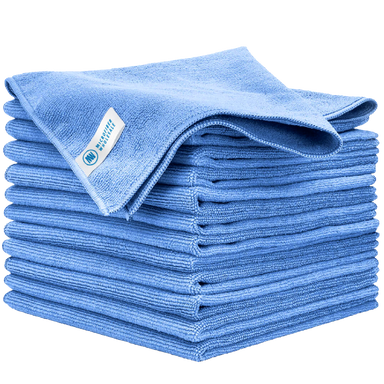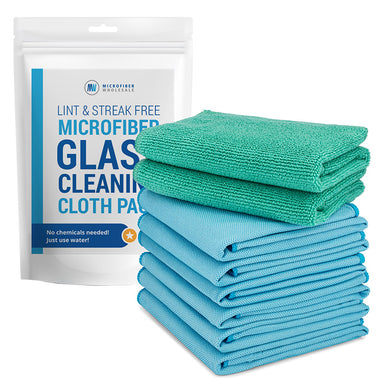Sublimation Heat Test Checklist
Before committing to a bulk order, it’s smart to run a quick heat performance test on a few sample blanks. This ensures your sublimation supplies are up to the challenge of high-heat printing, typically between 375–400°F, without compromising quality.
Here’s what to check:
Start With a Pre-Press Inspection
Look closely for dents, uneven coating, or any surface flaws. These imperfections might not seem like a big deal now, but they can cause major issues during pressing.
Test Heat Tolerance
Press the item using your standard settings and check for any melting, yellowing, or unusual odors. If it can’t withstand the heat, it’s not a viable option.
Check Shape Stability
Hard goods like mugs, keychains, or aluminum panels should not warp, bend, or crack under pressure. If they do, they’ll distort your design, and possibly your press equipment.
Evaluate Fabric Shrinkage
Soft goods should retain their size. A shrinkage rate of more than 2% can lead to ghosting or misalignment in your prints.
Ensure the Print Holds its Alignment
After pressing, the design should be centered, sharp, and consistent with your original layout, no slipping or shadowing.
Assess Surface Integrity
The coating or material should stay smooth. Watch out for bubbling, flaking, or texture changes after pressing, which can all compromise the final result.
Check for Color Accuracy
Colors should look as expected when using your ICC profile or go-to settings. If colors appear dull, off-hue, or patchy, the blank may not be properly coated or compatible.
Conduct a Wash Test (for textiles)
Run the printed item through at least three laundry cycles. If the design fades, peels, or distorts, that’s a clear sign the material won’t hold up for customers.
Optionally, Run a UV Test.
Leave the sample in natural sunlight for 24–72 hours to see how well it resists fading. This is especially useful for outdoor signs, drinkware, or any item frequently exposed to light.

















